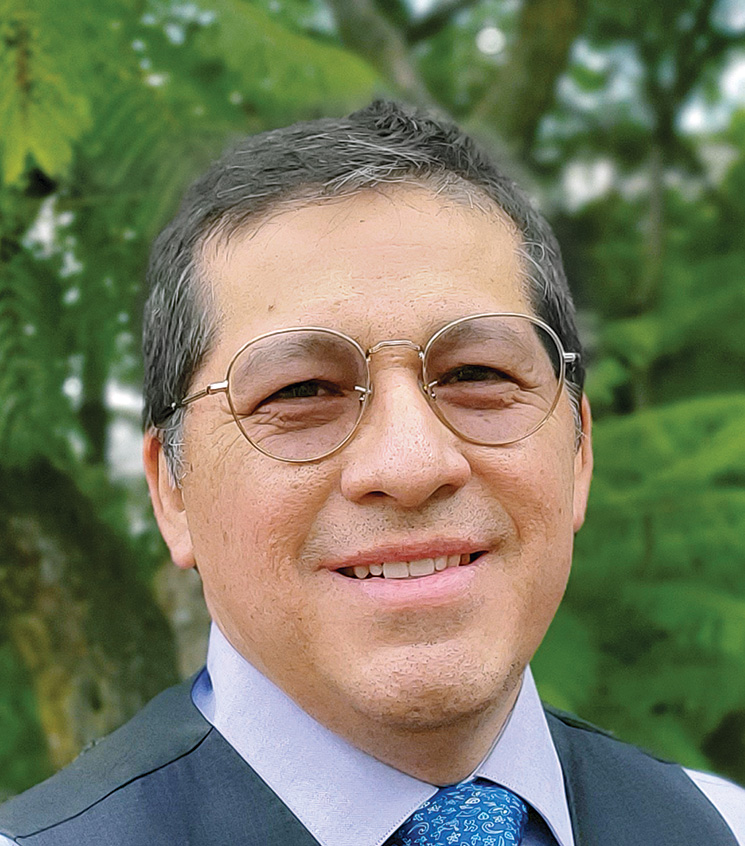What's up with Mining in Mexico into 4T's Age?

STORY INLINE POST
It seems the administration of President Andrés Manuel López Obrador does not have the environment or investments on its radar. With four heads of the environment ministry (SEMARNAT) in less than two years, it is not possible to implement a consistent policy. If we consider fiscal policies, concerning the refusal of the tax collecting agency (SAT) regarding the non-deductibility of exploration activities and an unprecedented drop in Gross Domestic Product (GDP), Mexico continues to slip down the rankings of attractive countries for mining investment.
This first contribution to MBN aims to analyze the results of the Environmental Impact Assessment Procedure (PEIA) from December 2018 to August 2020.
WHAT HAS BEEN EVALUATED?
SEMARNAT has diminished the transparency with which it works. Today, it is difficult to obtain reliable information on the performance of the PEIA. The only mechanism through which citizens can follows PEIA is the weekly publication Gaceta Ecológica (GE), where a list of projects that are subject to authorization is published, both at the SEMARNAT central offices in Mexico City and at SEMARNAT representative offices in the states. The gazette also publishes the list of projects that have concluded their evaluation, assigning a project code through which it should be possible to consult the study presented by the mining company, as well as the response obtained. Unfortunately, there are some states that do not provide the studies or their answers. This omission has been denounced for many years and has not received a serious response from the government.
A dramatic example was presented in February 2020, before the start of the COVID-19 pandemic, when a list of 122 projects that were resolved between October 2010 and December 2019 was published in the GE. That is 10 years of delay in making known to the public the decisions of the SEMARNAT representative in the State of Mexico.
Since 4T (Fourth Transformation) started, GE has published the information of 541 mining projects entered to PEIA. Of these, 186 correspond to the Preventive Report (IP), 264 studies were presented as Environmental Impact Statement Particular (MIA-p), 25 projects were presented in a Regional modality (MIA-R) and 63 as Unified Technical Opinion (DTU), a modality used to request authorization to remove forest vegetation and their associated impact.
In accordance with SEMARNAT’s internal regulations still in force, the agency’s central offices evaluate projects that include an environmental risk assessment, as well as projects that promote federal agencies and entities and those projects that are located in two or more states.
The results of the consultation to GE are not encouraging at all. Just 60 projects have been approved with conditions, 11 percent of the total of the projects reviewed. Only 3 percent of the projects have been denied (17 projects) and a worrying 80 percent, meaning 433 projects, remain uncertain in terms of what is happening with them. Another 31 projects (6 percent) that were discontinued by the mining companies or an authorization through PEIA was not required.
For the period reviewed, 107 IPs, 112 MIA-p, 15 MIA-R and 37 DTU have been reported. The calendar days for evaluation applied are on average, 61 days for IP, 161 for MIA-p, 251 for MIA-R and 197 for DTU.
It is important to note that the regulation indicates as "normal" evaluation times, 20 business days for IPs, 60 business days for MIA-p and MIA-R, which can be extended up to 179, and 90 business days for DTU.
It should be considered that for this article, calendar days and not working days have been counted by virtue of: a) the COVID-19 pandemic and, b) the consideration that the interest of investors cannot be limited to working days, since the cycles of market ups and downs are not sensitized to the official availability of the government to work.
WHAT ABOUT IPS?
It is relevant that in an overwhelming majority, SEMARNAT's response to an IP is: Notify to promoter that the project activities conform to the exclusion of article 5, paragraph L), section II of the REIA, so it does not require authorization regarding Environmental Impact.
I will detail this aspect in a later contribution, but for the moment, it is sufficient to say that it is a big mistake to present an IP when this request implies imposing a delay of up to 406 calendar days despite the fact that such authorization is not required.
WHY PROJECTS ARE REJECTED?
It can be said that for every three authorized MIA-p, one is rejected, for every 12 authorized MIA-R, one is rejected, and for every 10 authorized DTUs, six are rejected.
According to the law, an IP can have only one of two following answers:
1) It is considered appropriate or;
2) It is necessary to present an MIA.
In the case of MIAs, the application must be rejected when:
a) The provisions in law, its regulations, official Mexican standards and other applicable provisions are contravened.
b) The work or activity in question may drive to one or more species being declared threatened or endangered or when one of this species is affected.
c) There is false information provided by the promoters, regarding the environmental impacts of the work or activity in question.
CONCLUSION
Mining companies need prompt responses to their authorization requests, consultants don't want the requests they prepare for their clients rejected, and the authority needs the elements that allow it to issue resolutions that are not questioned by the promoters nor by opposition groups.
Therefore, it is necessary to have clear resolution criteria and provide adequate information for decision-making.
It is recommended that as a society we work on the criteria that give certainty to the PEIA for the good of our planet.








 By Jesús Enrique Pablo-Dorantes | Environmental Vice President -
Wed, 09/30/2020 - 10:00
By Jesús Enrique Pablo-Dorantes | Environmental Vice President -
Wed, 09/30/2020 - 10:00
















